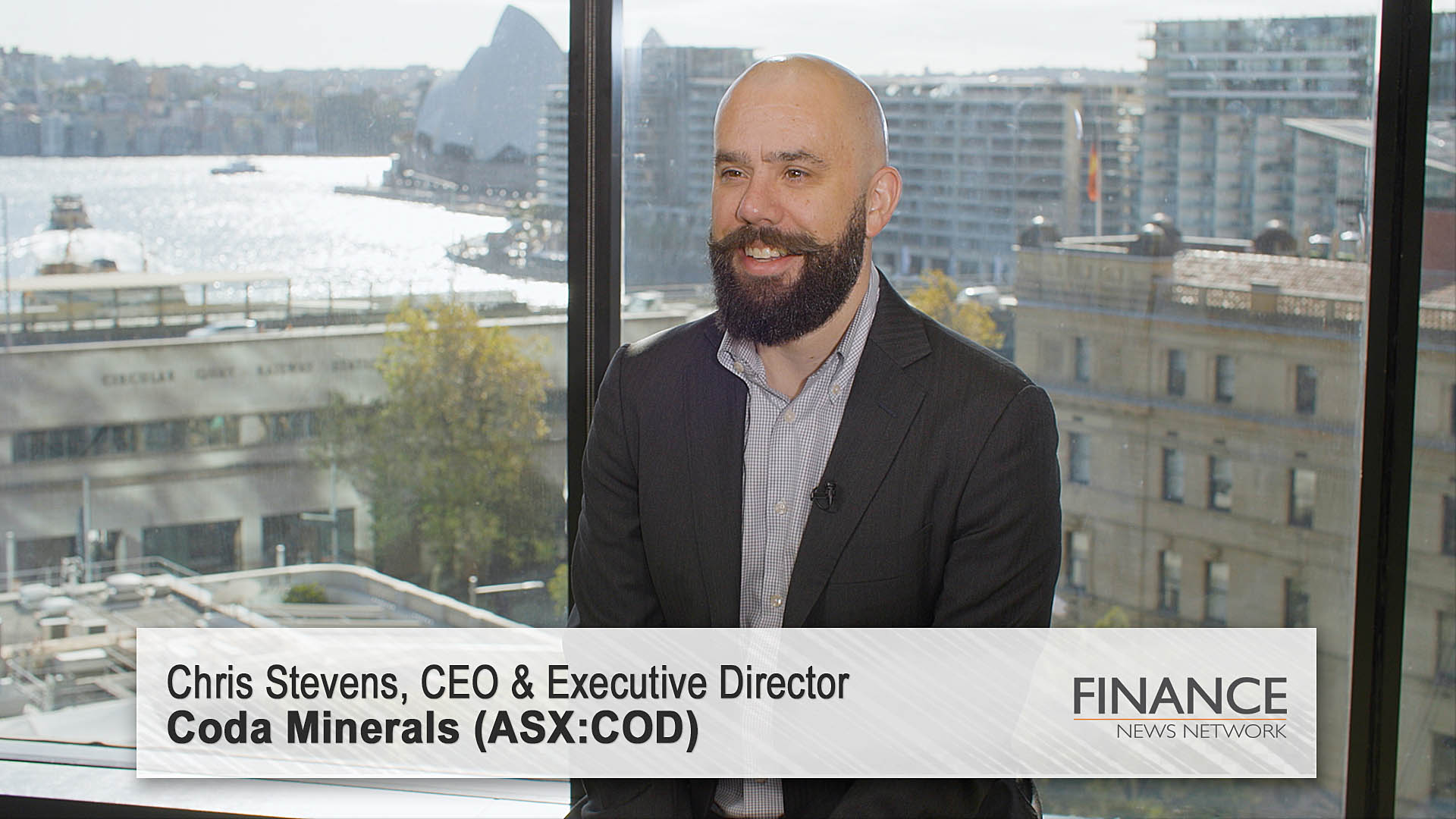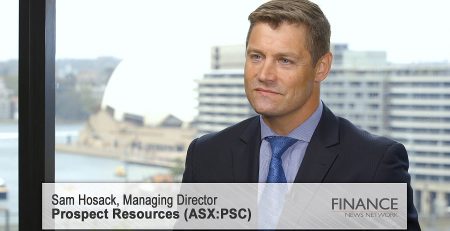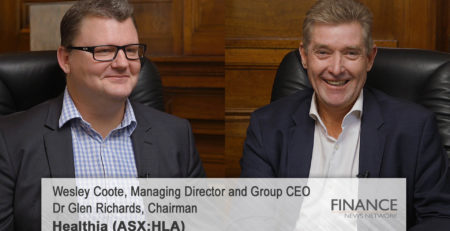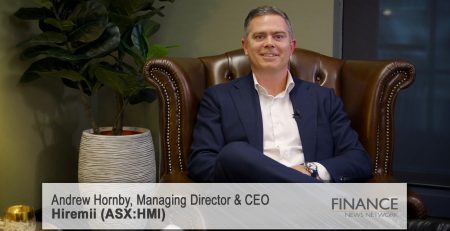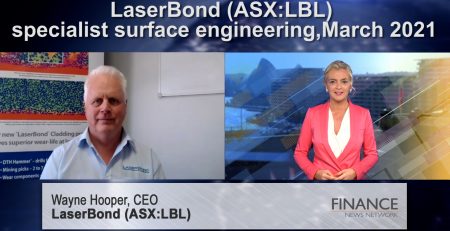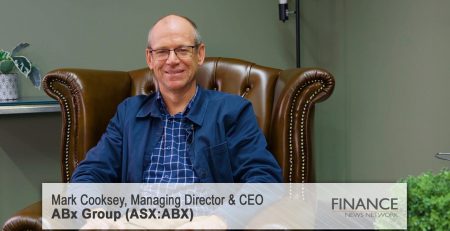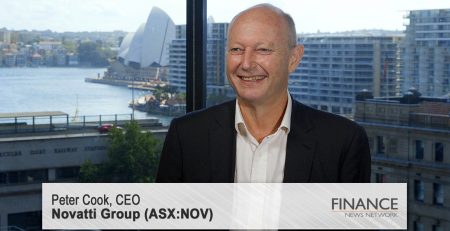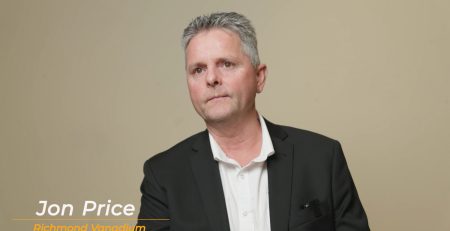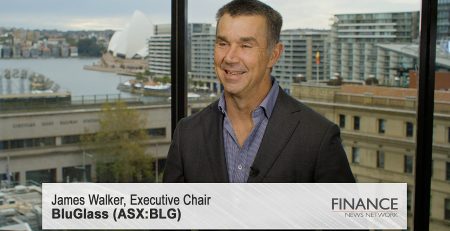Unlocking the potential of the Elizabeth Creek copper project in South Australia
CODA Minerals Limited (ASX:COD) CEO and Executive Director Chris Stevens provides an overview of the company, discussing early successes, scoping study results and timeline.
Tim McGowen: We're talking today with CODA Minerals (ASX:COD). It's got an ASX code of "COD", a market cap of around $39m. We're joined today by the company CEO, Chris Stevens.
Chris, welcome to the network. Thanks for your time.
Chris Stevens: Good morning, Tim. Thank you for having me.
Tim McGowen: Now, for those shareholders, or rather those investors, who don't know the CODA Minerals story, can you tell us a little bit about the company?
Chris Stevens: CODA Minerals listed in October 2020 so we've been listed for about 2.5 years. In that time, we've really been focusing primarily on our flagship asset at Elizabeth Creek in South Australia. Elizabeth Creek is located about six hours north of Adelaide, just 40km to the west of Carrapateena, which was OZ Minerals ' (ASX:OZL), now BHP's flagship project on the Gawler Craton and just to the south of Oak Dam West, BHP's recent copper discovery as well.
Tim McGowen: And, in talking copper, you had some early success with the flagship Elizabeth Creek copper project. Since then, there's been some additional drilling has defined significant resources at Emmie Bluff, Windabout and MG14. What's the current status of these deposits?
Chris Stevens: So, we listed with just about 250,000 tonnes of contained copper equivalent and really an exploration dream, a couple of focuses. The first is expanding the sedimentary copper cobalt mineralisation. These are the three deposits you just mentioned. And we did that fantastically by effectively discovering or rediscovering Emmie Bluff, which is an underground deposit located about 400m below the ground. This is our flagship deposit and has a resource of 43 million tonnes of 1.84 per cent copper equivalent. So, in a nutshell, we've taken 250,000 tonnes of contained copper and turned that into 1.1 million tonnes of contained copper equivalent.
Tim McGowen: Now, you recently undertook a scoping study at Elizabeth Creek. What were the key results from that study with regards to mining plans, processing and infrastructure requirements?
Chris Stevens: So, finding it is all very well. You've got to make sure that you can process it, make sure that you can mine it and make sure that it stacks together economically.
So, following up on the early exploration success, we got heavily into study mode. Emmie Bluff in particular was a sort of an unusual geometry, so that took a little bit of work and we've come out with an absolutely fantastic mine plan, optimising that to about 26 million tonnes at 1.86 per cent copper equivalent.
Overall, the project boasts three deposits, two open pit, one underground, and the results of the study showed a pre-tax NPV8 of $570m and an IRR of 26.5 per cent. That's based on a steady state production of 25,000 tonnes of copper cathode and a thousand tonnes of cobalt sulphate for roughly 14 years.
So, long mine life, very low AISC, so the all-in sustaining cost of just US$2.19 a pound, and a very strong NPV and IRR putting it at the top end of its peers in Australia.
Tim McGowen: And what is the current timeline moving forward for your PFS, DFS and ultimately going into production?
Chris Stevens: So, we've already started the PFS. The results of the scoping study were so strong, it wasn't a difficult decision to get moving and keep pushing this forwards.
What we're focusing on right now is really three things on the PFS side, and they're all value-driver ranked. So, there's sort of a couple of major opportunities. The first is optimising the mining method and investigating new mechanical cutting methods for the underground at Emmie Bluff. This has, again, game-changing potential to improve economics from, again, an already very solid base.
The next stage of work, again, is on the critical path, so approvals and working through environmental baselines. We've had no red flags from existing studies, but often the sort of critical path and really the things that slow these projects down is companies that fail to get into those early stage works, so we're really advancing that very well.
In addition, we've had significant exploration work as well, so it's really a three-pronged approach. First is big-value-driver pieces, the second is the less exciting, but very much necessary critical path work and the third is exploration.
And, again, one of the things I think shareholders often look at with the study is they say, "Well, okay, you put out a study, you've really capped it and those are the numbers." Well, in the case of Elizabeth Creek, we have enormous exploration potential, both for the sedimentary copper cobalt and then also our deeper IOCG mineralization, so the iron oxide copper gold, and we are heavily focused on that. We've just come off the back of two major geophysical surveys, and the exploration has never been better at Elizabeth Creek. I'm actually incredibly excited about the next six months.
Tim McGowen: And what are some of the kind of key execution risks moving forward?
Chris Stevens: On the study side, key execution risks are relatively well controlled. We put a lot of work into that mining study. It went way beyond the general scope of a scoping study, and so we've got a huge sort of run-up on that. Key execution risks are, as always, with every junior, funding. And that's something that we are looking at very carefully. We have a very active data room, very carefully done. I've got an M&A background myself. So I know what the sort of BD people look at within majors and also what gets funded and what doesn't. So, we've got a very strong lens as a board and also as a management team on that. So, again, clearly funding is always a key execution risk. I think we're in a better position than just about anyone in that regard.
And there's two main reasons for that. The first is the location. This is a genuinely tier one location. In an industry where the word "tier one" gets thrown around like confetti, it's one of those rare times it genuinely is.
The second is incredibly low risk in terms of… So, one, the jurisdiction, environmental, it's got a phenomenal ESG characteristics. It's cobalt as well. So, the main byproduct with a thousand tonnes per annum of battery-grade cobalt sulphate gives us access to that critical minerals infrastructure as well. We're awaiting on news of the Federal Government CMDP grant at the moment, but there are many various forms of facilitation for that. There are also many groups globally, sort of what Australia calls friend-shoring, so companies overseas sort of in friendly jurisdictions looking for access to these projects. So, again, it's got such strong characteristics from the ESG, economics and also the product mix that we believe that risk is very well controlled.
In terms of the rest, fairly stock standard PFS stuff, so we need to do a little bit more geotechnical work, a little bit more variability work. But, again, this project and these three deposits have all to date been beautifully geologically homogenous, which gives us a lot of confidence that that is a very low risk aspect of the project.
Tim McGowen: Chris Stevens, thanks for your time.
Chris Stevens: Thank you very much, Tim.
Ends
Copyright 2023 – Finance News Network
Source: Finance News Network

